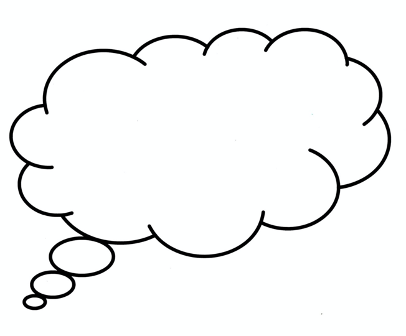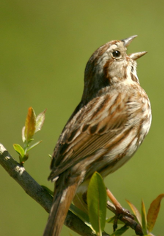Sneaky Squirrel / Hungry Squirrel
- Kelly Priest

- Jul 30, 2020
- 2 min read
Updated: Aug 2, 2020
This discussion guide with visual prompts is designed to introduce young children to the idea of different perspectives, using a short story, visual scaffolds, and discussion questions highlighting “mentalizing verbs” like think, know, guess, plan, and expect. At age 5, only about half of children are developmentally ready to do the abstract thinking required to consistently demonstrate a working understanding that others, with access to different information and experiences, may have a different perspective on a common situation than they themselves do. So the purpose of this lesson with young children is to begin exploring different perspectives.
Read the story:
One day, students in a kindergarten classroom made a treat for the birds that visited the tree outside their classroom. They spread peanut butter in the little cracks in a pine cone and then rolled it in birdseed so the seeds would stick to the peanut butter. Their teacher hung it in the tree with a ribbon they had decorated with some beads. Before the birds had a chance to start eating the treat, a squirrel climbed the tree and took the pine cone! She climbed up higher in the tree with it, far out of anyone’s reach. She sat on a high branch and ate all of the birdseed and peanut butter. When she finished eating it up, she dropped the empty pine cone and scampered away.
Place the squirrel photo on the floor in the center of the group with the thought bubble above her, and do the same with the sparrow.
That’s a thought bubble above the birds’ heads and the squirrel’s. Have you ever seen that in a book or a cartoon? It tells us that the person or animal has a thought in their mind. When we see that thought bubble, we can try to guess what the thoughts inside it are.
Who has a GUESS about what the birds were THINKING when they saw the squirrel eating that treat?
Who has a GUESS about what the squirrel was THINKING? Did the squirrel KNOW the children PLANNED for the birds to eat the treat?
The squirrel took the treat high up in the tree instead of sitting on the lower branch it was hanging from. What was the squirrel EXPECTING the teacher to do if she ate it on a low branch?
(Some students may say the squirrel was sneaky. Follow up with questions like these …) What does sneaky mean? Have you ever been sneaky? What was the squirrel’s PLAN? Who was hungrier: The squirrel or the birds? How could the birds solve this problem?
Later conversations about accidental conflicts between students can refer back to the squirrel and the bird:
Are you feeling the way the bird did when the hungry squirrel took the treat? So you feel surprised and a little upset that someone took the scissors you were using? I wonder if they are like the squirrel, who didn’t KNOW the treat was for someone else? Did they KNOW that you were still using the scissors? Maybe they GUESSED you were finished with them because you were sitting at another table for a while?








Comments